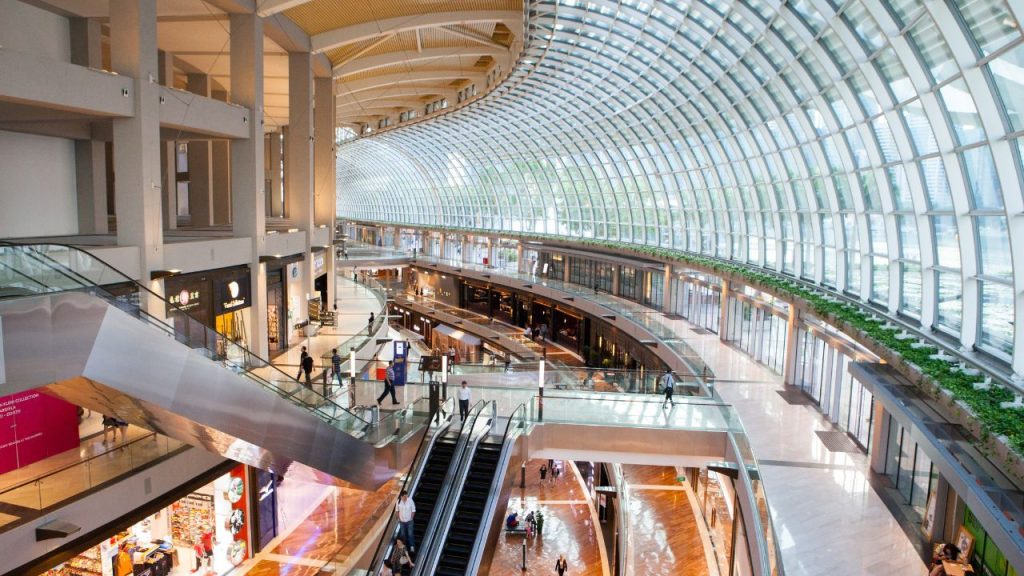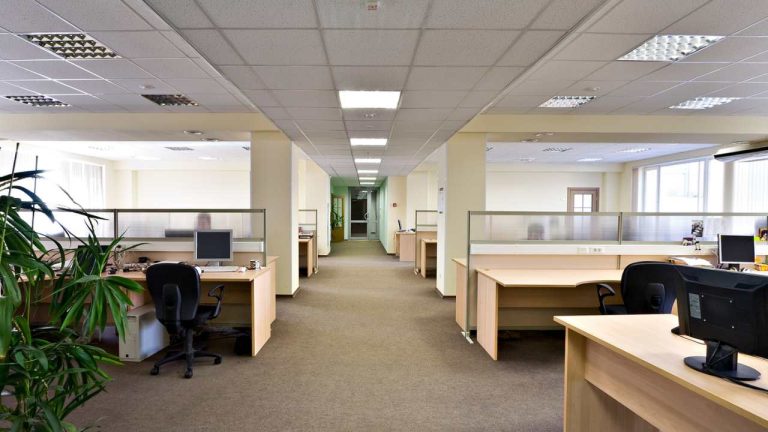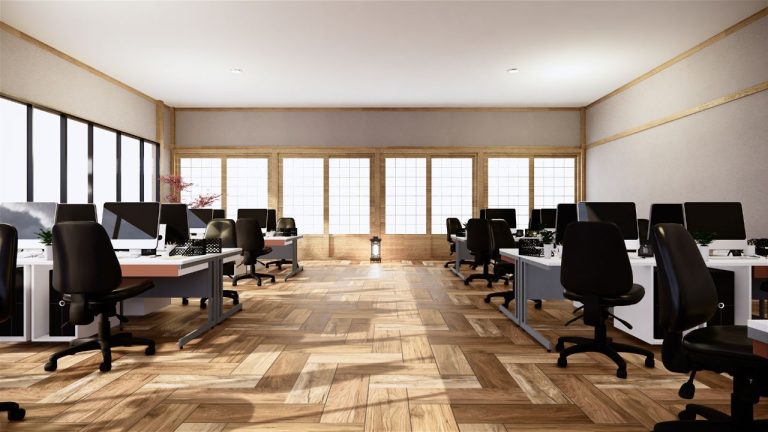Strengthening the Tenancy Mix in a Retail Property
When it comes to how well a retail property does, the mix of tenants will have a big impact on income, customer visits, and tenant sales.
There is an established partnership between the landlord, the tenants, and the property manager when it comes to the success of a retail property or shopping centre.
To strengthen the tenancy mix you need to look at the factors of the property today in the market surrounding it. That will then allow you to develop certain strategies of ongoing property performance and leasing strategy.

Shaping the Tenant Mix
Here are some ideas to help with optimising the mix and the tenants that you have now:
- Review the existing tenants and the lease profiles. Interview those tenants to understand if they have any challenges relating to their business and or trade.
- Determine if any critical dates are soon to evolve with those leases. Critical dates will need to be responded to in a timely way. Those dates will usually be rent reviews, options, lease renewals, refurbishments, outgoings recovery, and make good.
- Consider the tenancy placements and of the permitted uses for each particular lease. In an ideal world, the tenants should be placed in a location with due regard to the surrounding tenancies. In other words you develop the clustering process where one sale or customer purchase can grow into another sale in a nearby tenancy.
- Clustering of retailers is wise. The clustering process is a big part of tenancy mix strategy. In a larger shopping centre you may have many separate clusters that are separately structured and managed for customer sales.
- Visit the competing properties that exist in the local area. Some of those properties will be attracting your tenants or influencing the market rental. Either way you need to know how they impact your property activities.
- Review the vacancy factors that apply to your property and those of the competing properties. Look at any threats to supply and demand coming from any new property developments locally.
- Review the lease types and incentives that are currently available for any new tenants in occupancy or considering a new lease. Your landlord needs to be suitably appraised of those conditions and circumstances.
- The appearance of a retail property is a big part of its success. The customer that visits the property needs to do so conveniently and with comfort. Look at how the customers come to your property, and how they move through the tenancy mix. Consider the matters of convenience such as car parking, public transport, signage, and common areas.
- Given that so many people will visit a retail property on a daily basis, the renovation and refurbishment requirements are quite high. You will need to build into each lease an allowance for tenancy renovation and refurbishment, and you will also need to consider the same strategy that applies to the common areas adjacent to the tenancies.
- Understand if the property needs to expand or change as part of its integration into the community and with its growth of sales. Renovation and relocation clauses may need to be inserted into each lease that you negotiate.

Be Tenant Selective
When you only have one vacancy, it’s not as simple as putting any tenant in the property. It is a matter of choosing the right tenant for the vacant area, given the surrounding tenancy mix.
Every tenant should be chosen on its individual merits, relative to the requirements of the customer, their spending patterns, and the shopping changes to the community.







